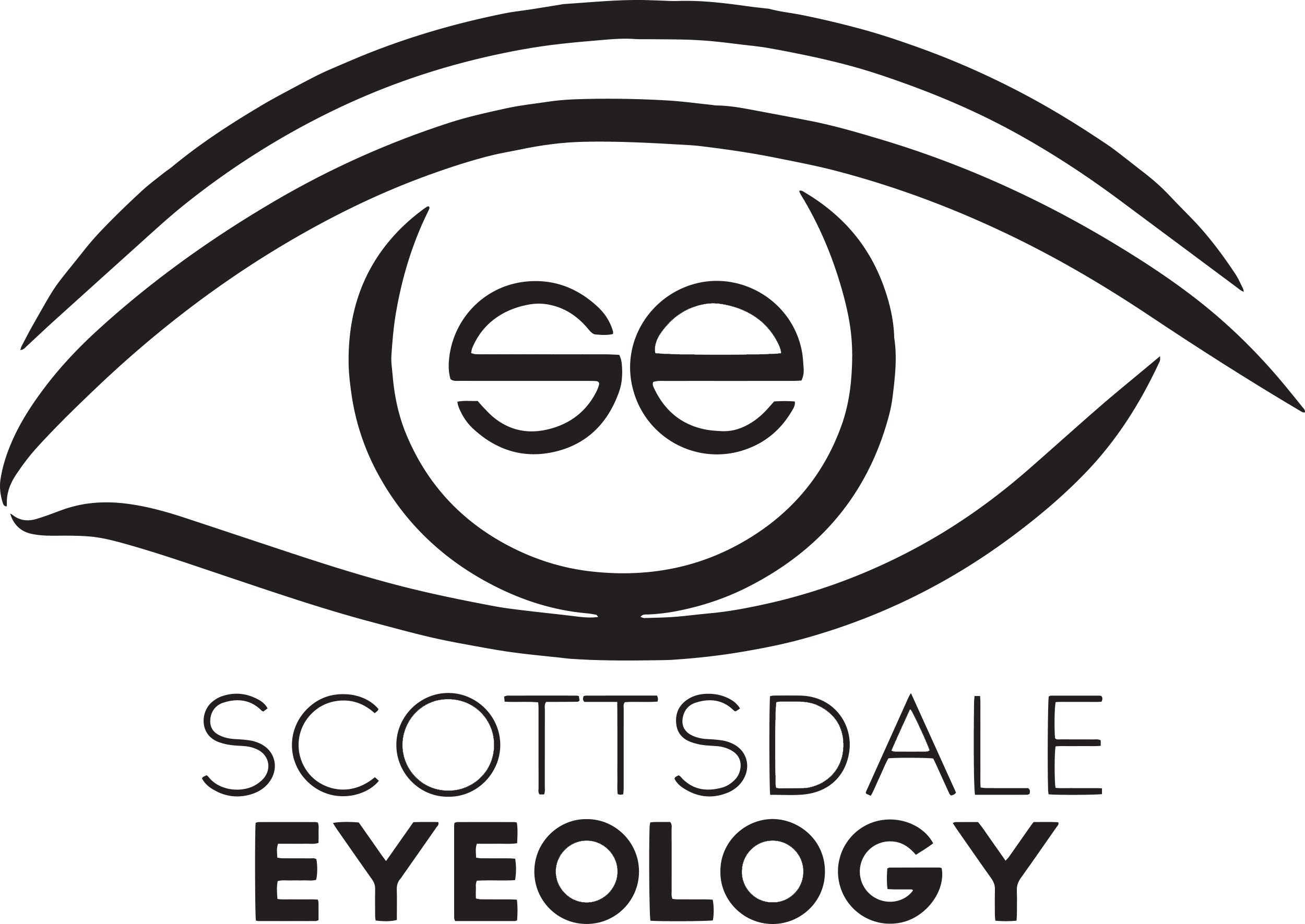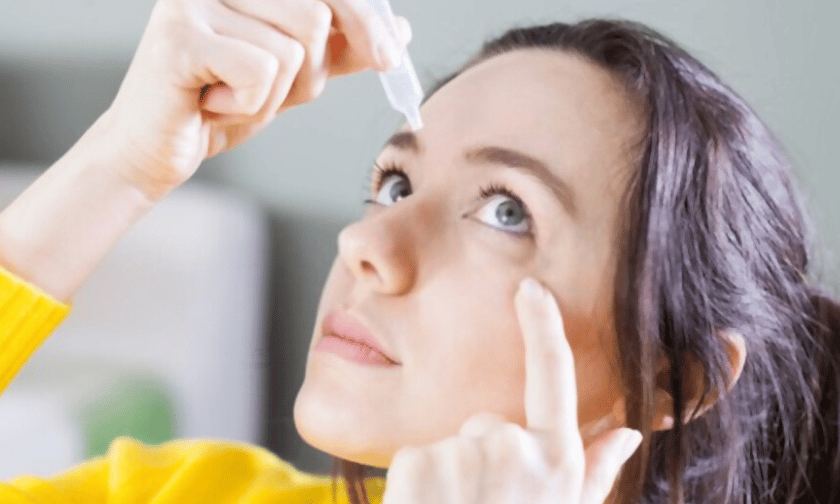Almost everyone has suffered from dryness in their eyes at a certain point in their lives. There could be various triggers to this issue such as excessive use of cellphones or less humid environments. While occasional occurrences of dry eye may not be painful, persistent dry eye, often known as dry eye syndrome, is a different story. Our optometrists at Scottsdale Eyeology will help you understand everything you need to know about this syndrome.
What Is Dry Eye Syndrome?
Dry eye syndrome is a typical issue that occurs when your tears aren’t able to keep your eyes lubricated enough. Tears may be insufficient and unsteady for a variety of causes. Dry eyes might occur if you don’t generate enough tears or if the tears you do produce are of low quality. Swelling and damage to the eye’s surface result from this condition.
What Are The Symptoms Of Dry Eye Syndrome?
The best Scottsdale optometrist has listed down certain common symptoms of this condition below. This will help in easier diagnosis and effective treatment.
- Itching, stinging, or burning sensation
- Redness or irritation
- Feeling gritty (as if something is inside the eye)
- Mucus discharge
- Watery eyes for a while, then dry eyes.
- Not being able to cry
- Blurred eyesight
- Photosensitivity
- Drooping eyelids
- Contact lenses are difficult to wear.
- Reading or computer use causes eye strain.
Risk Factors Of Dry Eye Syndrome
These factors could increase the risk of suffering from the disease. Take a look at these risk factors provided by the best optometrist in Scottsdale. If you associate with either of these factors then you must visit our office immediately.
- Certain environmental factors such as wind, lack of humidity, constant exposure to the sun, heat, smoke, chemical fumes and other such irritants could lead to this syndrome
- Women’s hormonal changes, such as those caused by pregnancy, menopause, hormone treatment (HRT), or contraceptive pills could also cause a dry eye
- Issues with your eye glands, or skin diseases
- Allergic conditions
- Refractive surgery (LASIK) and cataract surgery are two examples of eye surgery that could cause this condition
- Certain autoimmune diseases such as lupus could also cause this issue
- Eye inflammation that lasts a long time
- Blinking infrequently or a disease called exposure keratitis, in which the eyelids do not entirely close during sleep is also a major cause of the dry eye syndrome
What Can You Do To Prevent This Syndrome?
These tips and tricks can help you to prevent the onset of this disease completely. Follow these steps to stop the occurrence of this condition. Visit our office if you still suffer from dry eye syndrome.
- When you’re outside, use wraparound glasses to shield your eyes from the wind.
- Blink frequently.
- Avoid using hair dryers. Extreme heat from the dryer could damage the eye
- To ensure that a sufficient amount of oil is released into the eyes, wash your eyelids with a baby shampoo
- Remove your makeup on a daily basis.
- If you work on a computer, take a break from it every 20 minutes or so.
- To reduce allergies, take an antihistamine.
- To avoid dehydration, drink 8 to 10 glasses of water every day.
- Quit smoking.
We hope this blog has helped you to understand dry eye syndrome. Book an appointment with us at Scottsdale Eyeology if you are looking for the best eye care in Scottsdale, AZ.


